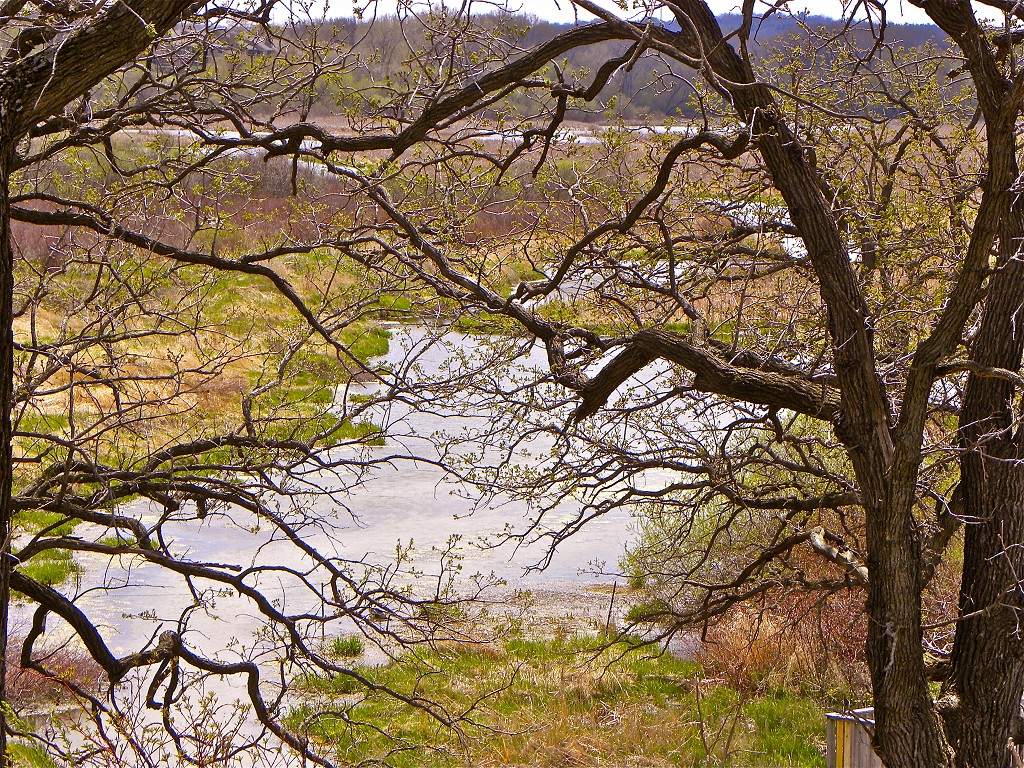This week contractors are spraying invasive reed canary grass in areas of the Conservancy where it has been choking out native wetland plants and degrading habitat for wildlife. They will post warning signs near the areas to be treated. For your health and safety, stay out of the posted treatment areas until the warning signs are removed. We also ask that you help protect habitat by staying on the Conservancy trails. Particularly when you visit Fredericks Springs, please enjoy them from the upper deck and the lower belly board, and resist the temptation to go wading.
We are trying to control the most damaging invasive plants, especially in high quality areas of the Conservancy. This work is funded by an Aquatic Invasive Species Grant the Friends received from the Wisconsin Department of Natural Resources. The Frederick’s Springs area is our highest priority and since 2012 we have been arranging for contractors to very carefully hand-spray the grass without damaging native vegetation or releasing herbicide into the water. The results have been very encouraging. The area went from 75% cover of reed canary grass in 2011 to 5% cover from 2016 – 2018, and the number of native species present has risen from 7 in 2011 to an average of 50 from 2016-2018.
Reed canary grass is widely recognized as Wisconsin’s worst wetland weed, totally covering at least a half million acres of wetlands across the state and present in many more. Fortunately, in the north end of the Conservancy there are only a handful of trouble spots, but if not controlled, the potential for spread is great. Of the control methods available, herbicide application is by far the most practical and effective method.

